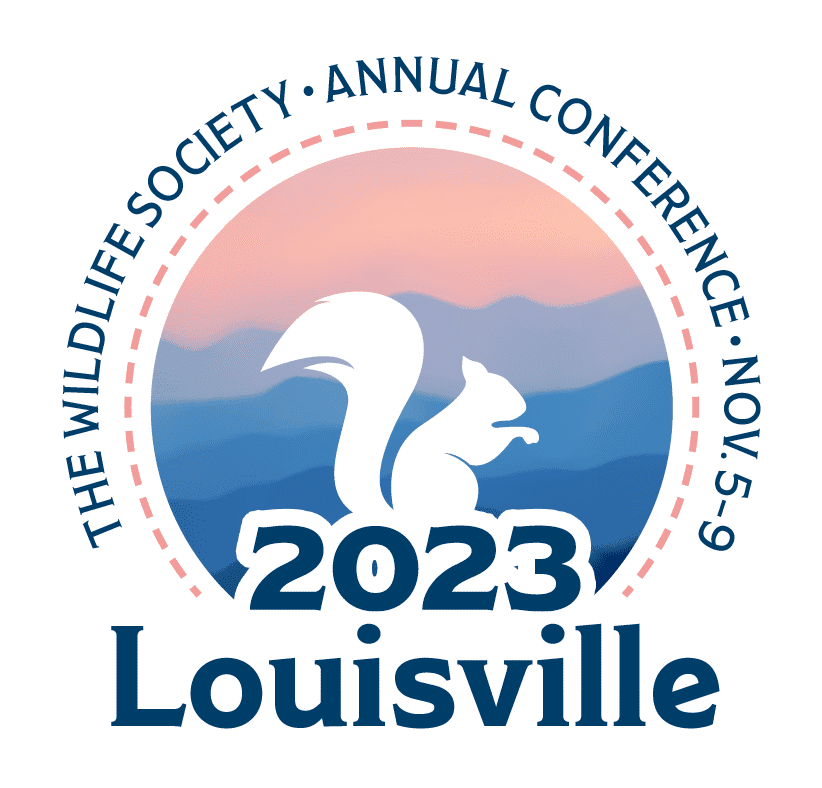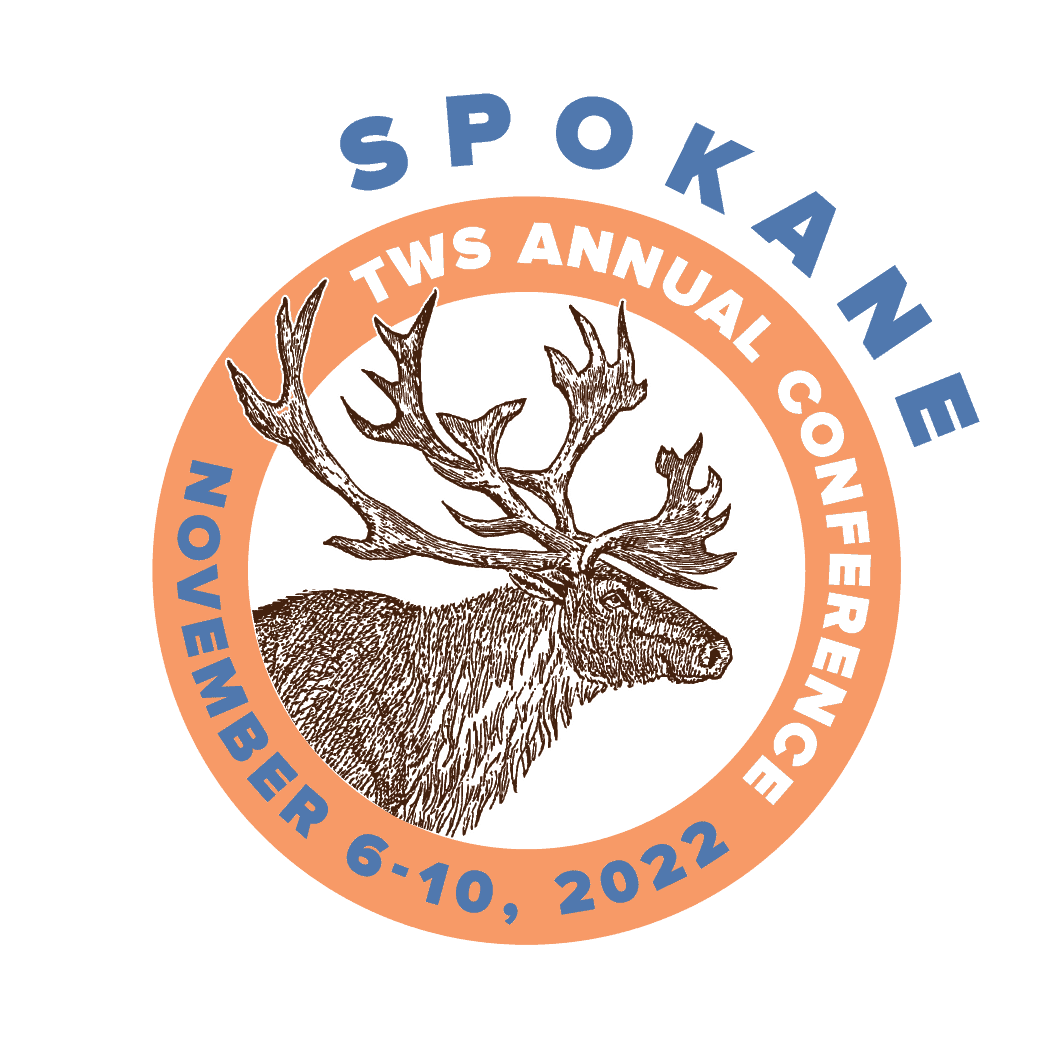Upcoming symposium
DIETARY BALANCING ACTS: THE NUTRITIONAL GEOMETRY OF FEEDING DECISIONS IN WILDLIFE ECOLOGY
The TWS Nutritional Ecology Working Group is pleased to announce a workshop at The Wildlife Society 31st Annual Conference focused on nutritional geometry in nutritional ecology. Nutritional geometry has been used in recent studies to demonstrate that a variety of wildlife do not seek out single nutrients, but often balance and regulate multiple nutrients to meet nutritional needs. This symposium will present examples of nutritional geometry and how it is improving our understanding of nutritional ecology. For more information click here!
Click here to learn more about available scholarships for presenters! Applications due by August 2nd, 2024!

2023 symposium
ANIMAL FORAGING, FOOD WEBS, AND NUTRITION: LINKAGES REVEALED USING STABLE ISOTOPES
Nutritional ecology of wildlife: why understanding the metabolic routing, turnover, and isotopic
discrimination of dietary nutrients matters (especially for migratory birds)– Scott McWilliams, University
of Rhode Island
Diet energy density estimated from isotopes in predator hair associated with survival, habitat, and
population dynamics – Karyn Rode, USGS Alaska Science Center
Anthropogenic subsidies: how human foods impact carnivore ecology – Jonathan Pauli, University of
Wisconsin-Madison
Isotopic evidence of capital breeding in loggerhead sea turtles – Hannah Vander Zanden, University of
Florida
Dietary specialization in European bears – Ashlee Mikkelsen, University of Munich
Caribou mothers balance body protein and fat against dietary supplies to produce milk for their calves –
Perry Barboza, Texas A&M University
Use of carbon stable isotopes ratios of amino acids to identify protein source in ruminants and hindgut
fermenters – Garrett Savory, University of Alaska Fairbanks
Amino acid isotope analysis reveals variation in gut microbial contribution to host protein metabolism in a
wild small mammal community – Alexi Besser, Arizona State University
Linkages between “green” and “brown” food webs support mammal communities across ecosystems – Philip Manlick, USDA Pacific Northwest Research Station
Compound-specific stable isotope analyses reveal critical cross-ecosystem nutritional linkages – Cornelia W. Twining, Swiss Federal Institute of Aquatic Science and Technology
Sources of nutrients for reproduction in bears and sharks – John Whiteman, Old Dominion University
Linking animal nutrition with provenance and movement ecology; An update on tracing carry over effects –
Keith Hobson, Environment and Climate Change Canada and University of Western Ontario

2022 symposium
Gold and new methods for determining wildlife diets
The Evolving Quest to Accurately Measure Diet Composition and Selection to Benefit Wildlife Conservation and Management, Presenter: Lisa Shipley
Estimating Dietary Composition Through a Camera Lens: Evaluating the Video Collar Technique for Ungulates, Presenter: Rachel Cook
An Update on the Use of Stable Isotope Methods to Investigate Animal Diet: From Bulk Tissue to Compound-Specific Approaches, Presenter: Keith Hobson
Let’s Talk About Fat: Using Fatty Acid Signatures to Assess Diet Composition and Application to Marine Mammal Research, Presenter: Anais Remili
Conservation of Vertebrate Herbivores Through Precision Management of Foodscapes, Presenter: Jennifer Forbey
The Use of Camera Collars and Activity Sensors to Identify Diet Selection and Feeding Bouts in Bears, Presenter: Tony Carnahan

Become a Member
Membership is available to all current TWS members. You may join our Working Group by logging in to your TWS account.


